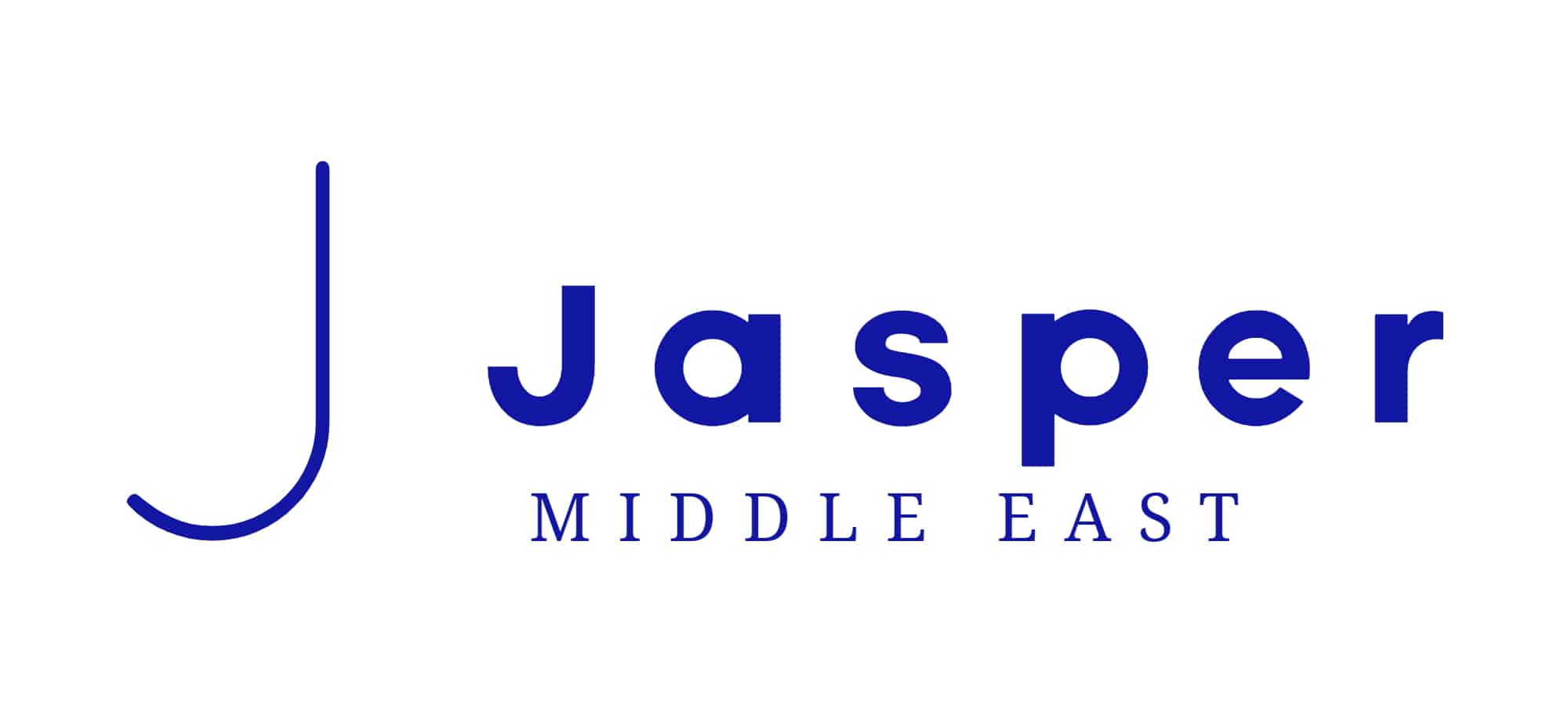As a business owner or manager, you know that retaining top talent is critical for the success of your company. Losing skilled and experienced employees can be costly and disruptive, not to mention the added expense of recruiting, onboarding, and training new staff. High employee retention rates lead to better performance, increased productivity, and a more positive work culture. However, it’s not always easy to keep your best employees from looking for greener pastures. In this article, we’ll explore some tips and strategies on how to retain talent and ensure your staff remains motivated and engaged.
Retention Strategy

Once you have identified the key drivers of employee satisfaction, the next step is to develop programs that support these drivers. For example, if the work-life balance is a key driver, you may want to offer flexible work arrangements, such as telecommuting or a compressed workweek. If career growth is a driver, you may want to invest in training and development programs or create a clear path for advancement.
A well-defined retention strategy should also include metrics for measuring employee satisfaction and engagement. Regular employee surveys or focus groups can provide valuable feedback and help identify areas for improvement. These metrics can also help track the effectiveness of retention programs over time.
Offer Competitive Compensation and Benefits
One of the most effective ways to retain staff is to ensure that they are being paid competitively and offered benefits that are in line with industry standards. Conduct regular market research to make sure that your company’s compensation packages are attractive and fair.
Provide Opportunities for Growth and Development
Retention is often tied to employees’ opportunities for growth and development. Providing opportunities for training, upskilling, and career advancement can help employees feel invested in the company’s success and provide a sense of direction in their careers. Encourage employees to attend conferences, seminars, and workshops to develop new skills and broaden their knowledge.
Create a Positive Work-Life Balance
Work-life balance is important to employees. When employees feel like they are constantly overworked, they are more likely to look for a new job. Encourage employees to take breaks and have a healthy work-life balance. Provide flexible work schedules and remote work options to make it easier for employees to balance their work and personal life.
Foster a Positive Work Culture
Positive work culture is critical for retention. Employees who feel valued and appreciated are more likely to stay with your company. Make sure your employees feel supported by management and have the resources they need to succeed. Offer social events, team-building exercises, and other activities to promote a positive work-life balance.
Provide a sense of purpose
Employees who feel that their work has meaning and purpose are more likely to stay engaged and committed. Help your staff understand how their work contributes to the overall success of the organization.
Technology
Invest in technology. The right technology can help employees be more productive and efficient. Invest in tools and systems that help employees do their jobs better.
Recognize and Reward Achievements
Recognizing and rewarding employees for their achievements is an essential retention strategy. Celebrate successes, whether big or small and provide regular feedback on performance. Consider offering bonuses, promotions, or other incentives to reward outstanding work.
Listen and Respond to Employee Feedback
Lastly, one of the best ways to retain staff is to listen and respond to employee feedback. Conduct regular surveys, focus groups, and other forms of feedback to understand employees’ needs and concerns. Address any issues promptly and take action to improve the work environment.
In summary, retaining top talent is crucial for the success of any business. By creating a positive work environment, offering competitive compensation and benefits, providing growth and development opportunities, and promoting a healthy work-life balance, you can retain staff and keep them engaged and motivated. Remember that retaining talent is an ongoing process and requires continuous effort. By investing in your employees, you are investing in the long-term success of your company.
About the Author

Ritu Bhatnagar is a seasoned recruiter with over 15 years of experience in the industry. She founded her own recruitment agency, Jasper Middle East, which specializes in placing top talent in diverse industries. It has offices in UAE and India. Ritu is passionate about connecting businesses with the best talent available and has built a reputation for providing high-quality service. When she’s not recruiting, Ritu can be found exploring her love for fitness and practicing yoga.
